3 Ways SolarEdge Improves PV Safety
Installing and maintaining a solar energy system is generally a safe, secure process. However, like the cars we drive, some PV systems have better PV safety features than others. To know what to look for, it’s important to understand the basics of PV system operation.
How does solar energy work? The basics:
A solar energy system is basically made up of solar modules (aka solar panels), and inverters. Solar panels generate electricity by converting solar radiation into direct current (DC energy). The inverter converts the DC energy to alternating current (AC) which is used to power our homes, businesses, and other buildings. Utility power from the grid augments the solar power and provides energy when the sun isn’t shining.
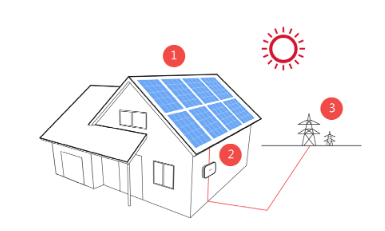
SolarEdge’s SafeDC increases PV safety
As long as the sun is up, solar panels are sending high voltages through the system, even when the main circuit breaker is shut down. This is important to remember because, in the unlikely event of a fire, the high DC voltage can severely restrict first responders from operating in a safe environment.
Solar Energy Safety Precautions + SolarEdge
SolarEdge PV systems feature a complete suite of embedded safety features that comply with the industry’s most stringent safety standards. Here are three notables:
1. SafeDCTM: Enhanced PV Safety in Every Solar Panel
Traditional string inverters typically have limited safety functionality. To meet PV safety standards, they may require additional hardware products which can increase system cost and complexity.
SolarEdge developed Power Optimizers that attach to each module and maximize each module’s power output, turning them into smart modules. As part of this solution, SolarEdge inverters have a built-in smart safety feature called SafeDC which automatically reduces voltage in each module to 1 volt when the inverter shuts down. This means that during installation, maintenance, emergencies, or anytime the inverter is disconnected from the grid, the DC voltage decreases to a touch-safe level to protect people and property. SolarEdge’s SafeDC complies with many international safety standards.
Take the case of a Tasmanian tourist attraction where a SolarEdge system was installed. A fire broke out (not related to the solar system) in the gift shop of the complex in the early hours of the morning. Without the SolarEdge safety functionality, the panels could have re-ignited when the sun came up. However, as the SafeDC had shut down the power to the panels, the firefighters could safely work to extinguish the fire around the PV system.
2. Arc Detection and Interruption
Arcing in PV systems can happen when connectors or cables are corroded or improperly connected, creating an electrical spark that generates heat and result in a potential fire hazard. This can also occur as PV systems age, cables degrade, or even when animals chew the cables. Advanced safety regulations now require arc detection implementation to mitigate the effects potentially posed by arc faults. In the U.S., the arc detection standard, UL 1699B, calls for the detection of specific arcs as they occur. In Europe, international standard IEC 63027 is still in development, however, insurance companies may request it when insuring a building with a PV system.
With traditional inverters, third-party arc fault detectors are required, adding product and installation costs. SolarEdge, however, includes built-in arc fault detection, identifying arcing and subsequently shutting down the inverter in compliance with the U.S. UL1699B arc detection standard. This helps to increase personal safety, as well as protect equipment and prevent structural damage.
3. Remote Module-level Monitoring and Troubleshooting
Safety meets convenience with module-level monitoring and remote troubleshooting. SolarEdge’s Monitoring Platform gives installers full module-level visibility into the system’s performance, including automatic alerts, remote troubleshooting, and comprehensive reporting. This eliminates much of the on-site diagnostic work for installers which can typically take place at dangerous heights.
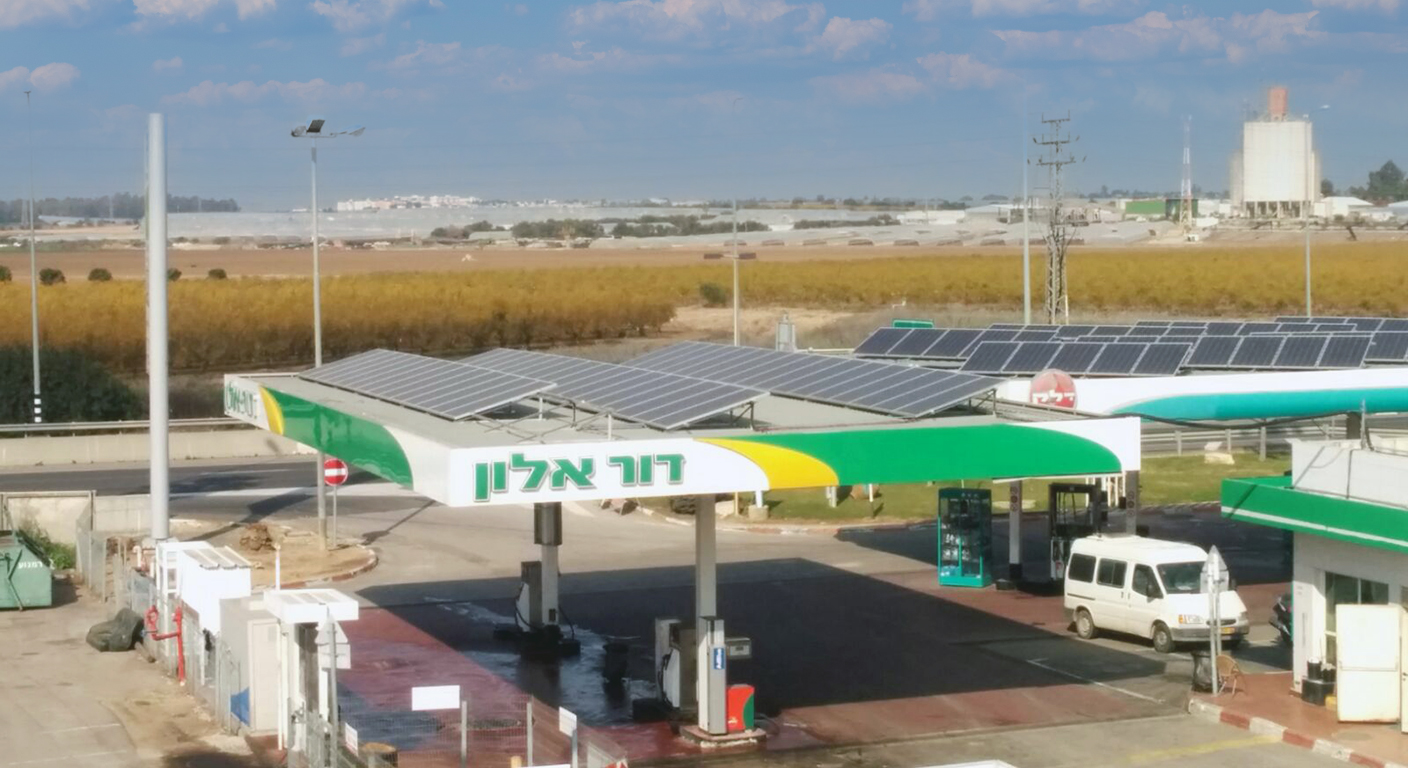
Dor Alon gas stations with SolarEdge’s commercial PV solution
Powering and Protecting Fire Stations
The confidence in SolarEdge’s enhanced PV safety technology extends to firefighters installing SolarEdge on the rooftops of their own fire stations. In the U.K., Hampshire Fire and Rescue Services selected SolarEdge for their PV systems generating 700kW on 12 different fire station rooftops and three headquarter buildings across Hampshire county. They chose to equip all their PV arrays with a SolarEdge firefighter gateway for added safety assurance and as an emergency stop button for their entire PV system.
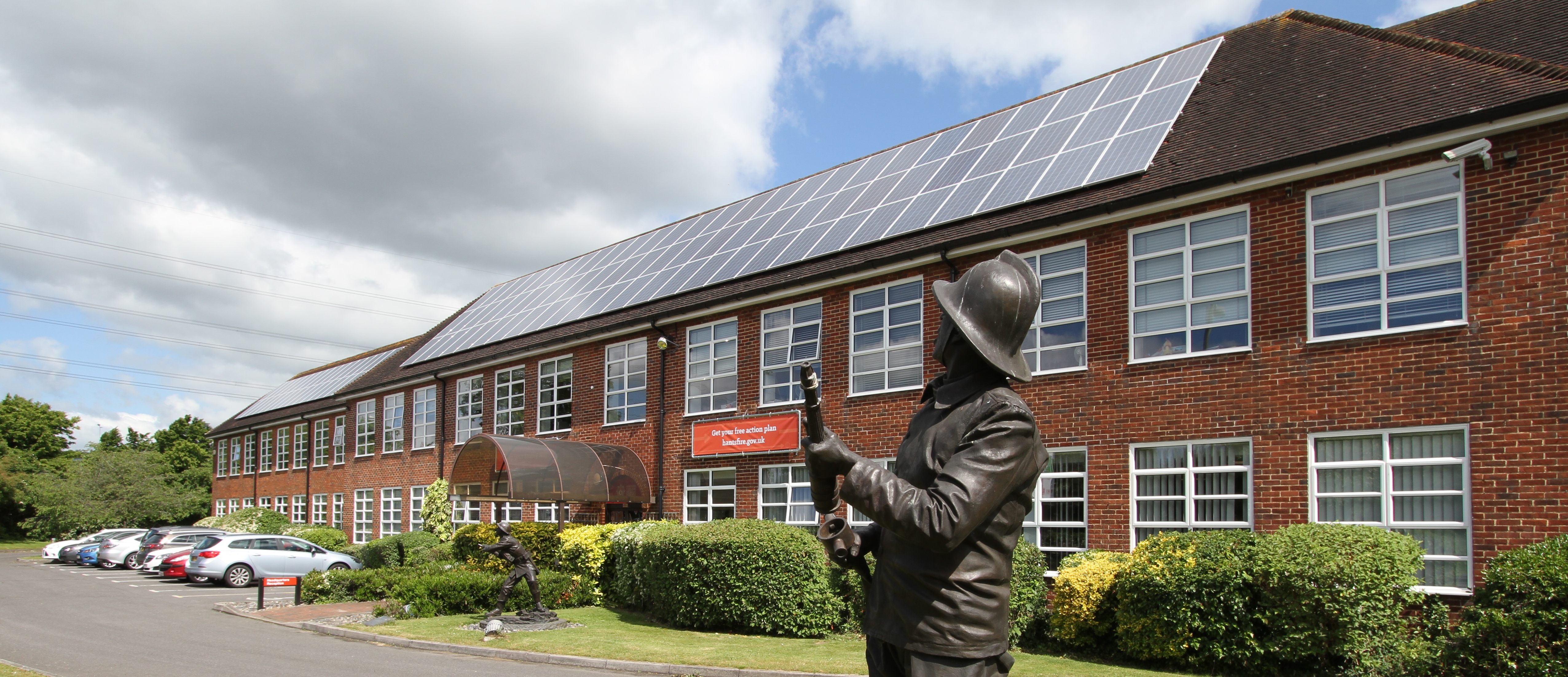
SolarEdge PV system installed on fire station rooftop
For more information about SolarEdge’s enhanced safety features for smart PV systems, download our brochure.
Similar Articles

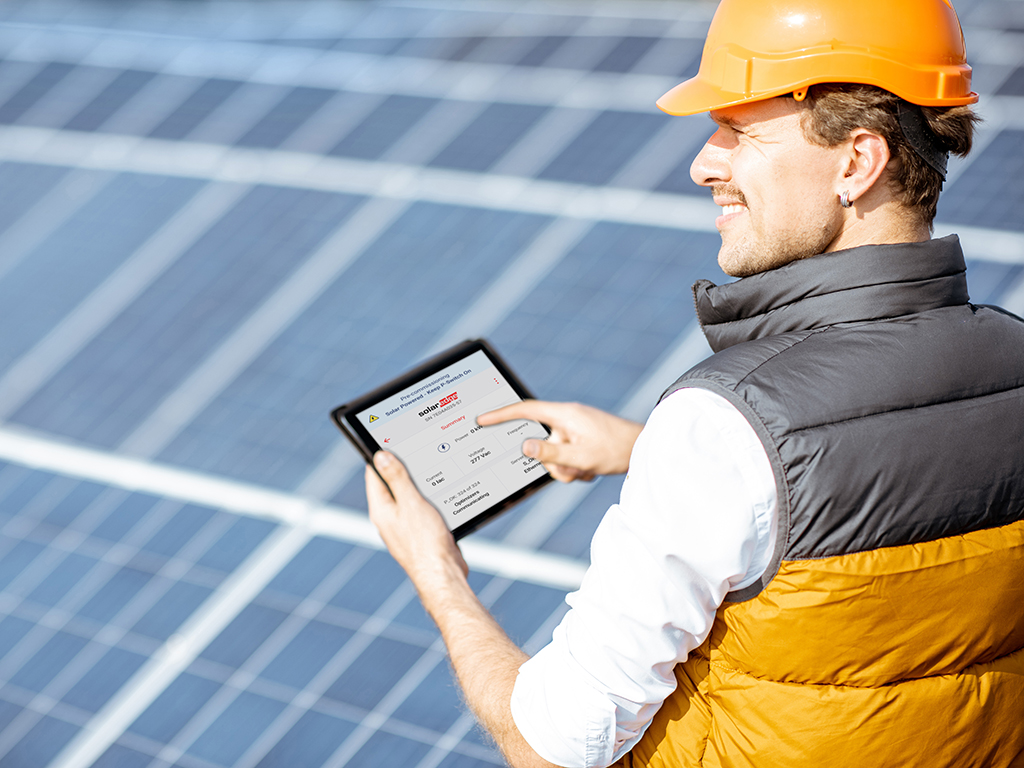




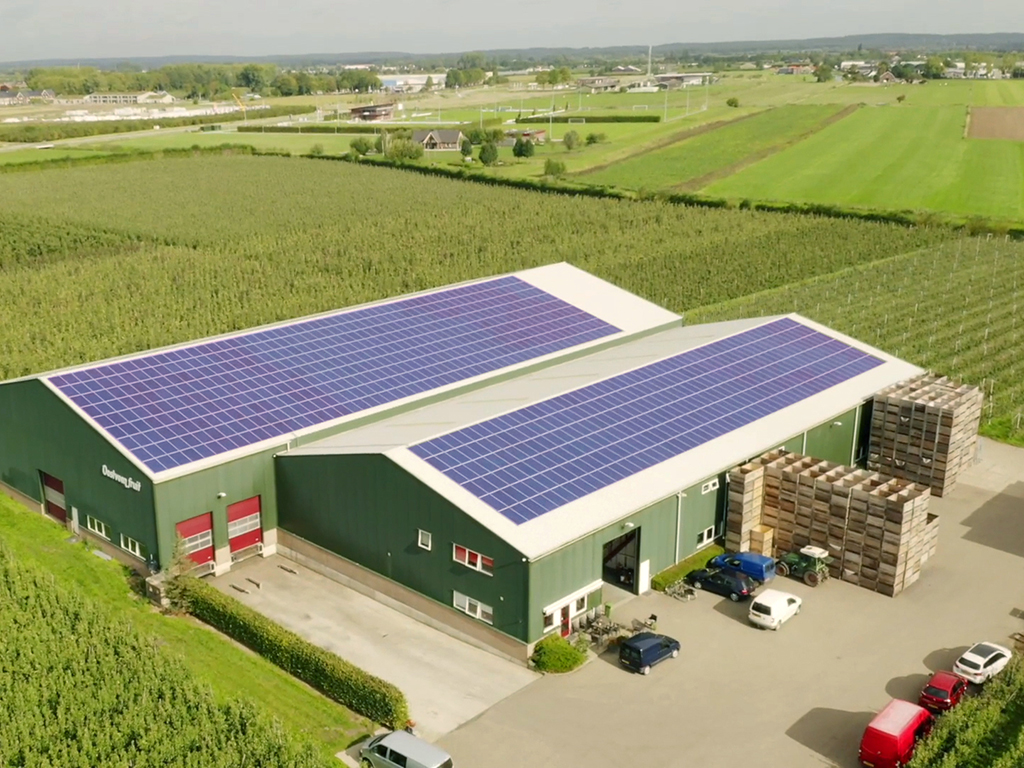
Add new comment
Comments